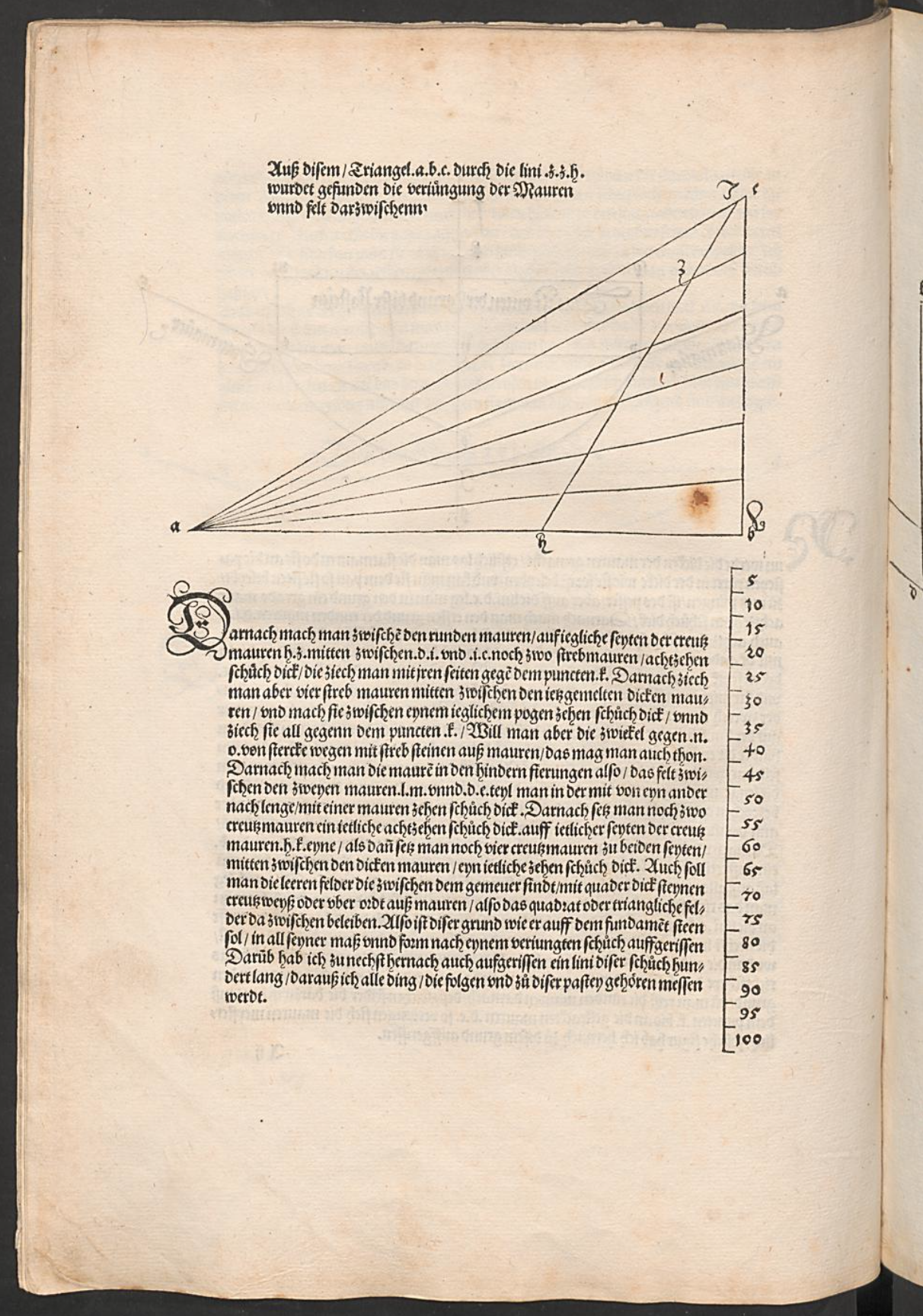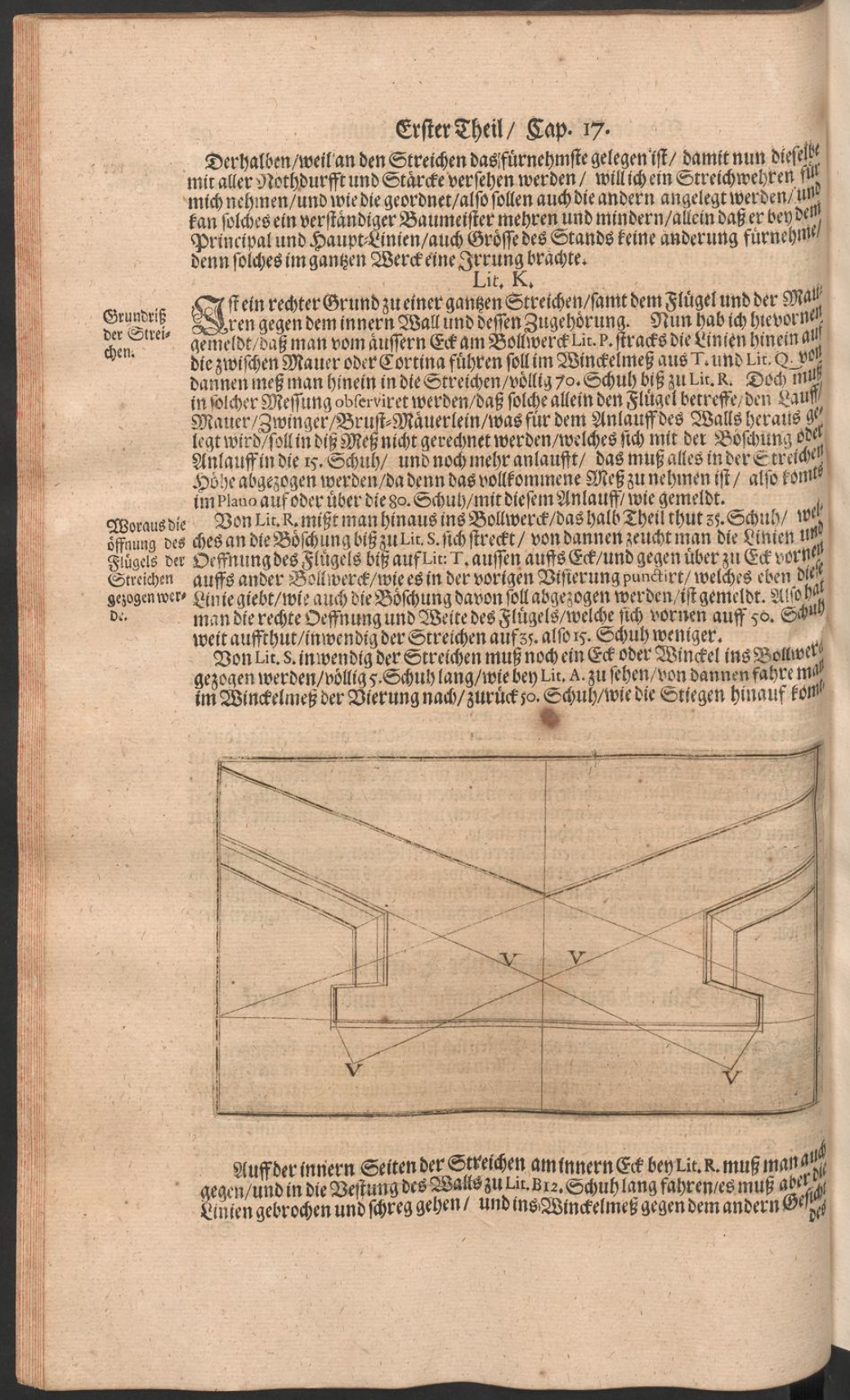To start my research, I first had to learn more about “Ask Alice”, had to find out exactly how the search engine is built and how to get the best answers. I watched Miro’s short introduction from last term again and another one of his tutorials. After that I started searching for suitable keywords and focused on recurring search results. In doing so, I searched the Xenotheka library using the subject or “Brain” “architecture” and using “Explore” as I liked to have a wide selection of works. Examples of my search are fortification, fortress construction, defensive structures, military, mathematics geometry, polygons, angles, circle sector, table, tasks, tools and manual. I also searched with several terms together in hopes that the combinations would narrow the search somewhat and only show works with such interfaces.
The work “A History of Architectural History” by Kruft was the work that appeared in all the search queries. However, since it covers many topics and does not write only on my desired topics, I looked more deeply into this book for other work references that fit my desired topic and came up with exciting results, which I unfortunately did not find at “Xenotheka”, but at “e-rara”. The two works I chose, like “Logometron architecturae militaris Freitagianae”, deal with fortification, military, mathematics, geometry, art of war, etc.
In Albrecht Dürer’s treatise “Etliche Underricht zu Befestigung der Stett, Schloss und Flecken” he develops various alternatives for the construction of bastions to defend existing cities. Dürer first describes a system of ditches and ramparts. There follows a detailed division of the rest of the town’s surface area. He as well writes about the circle and develops the pure circle into a “Zircularbefestigung”. The use of a basic geometric shapes is treated as well. At the end of his treatise, Dürer offers suggestions for the strengthening of older fortifications. Consequently, the two works have a lot in common, not only in the written text, but also in the mathematical sketches that are shown.
Daniel Specklin (or Speckle) published at the end of the 16th century with “Neue Architectura von Festungen, wie solche zu unsern Zeiten an Städten, Schlössern und Claussen, zu Wasser, Land, Berg und Thal, mit ihren Bollwercken, Cavallieren, Streichen, Gräben und Läuffen” a very important work on the theory of fortification construction. The “Architectura von Vestungen”, new editions of which continued to be published up into the eighteenth century, appeared in the year of his death. This exact version was published in 1736. In the first part he deals with fortifications in the plain, in the second with those in hilly and mountainous terrain, in the third with equipping fortifications. For Specklin too, mathematics and in particular geometry, together with mechanics and practical expertise, form the basis of fortification. In contrast, he completely rejects the triangle as a basis for plans, and, beginning with the square, discusses the advantages and disadvantages of the various polygonal forms in his work.
In conclusion, I can say that the three works show great similarities, both in the thematic fields and in the design.



First picture is “Logometron architecturae militaris Freitagianae”, the second one “Etliche Underricht zu Befestigung der Stett, Schloss und Flecken” and the third “Neue Architectura von Festungen, wie solche zu unsern Zeiten an Städten, Schlössern und Claussen, zu Wasser, Land, Berg und Thal, mit ihren Bollwercken, Cavallieren, Streichen, Gräben und Läuffen”